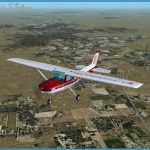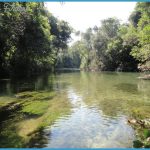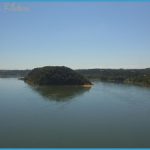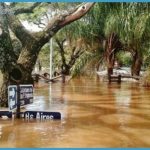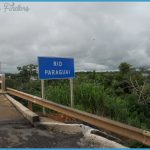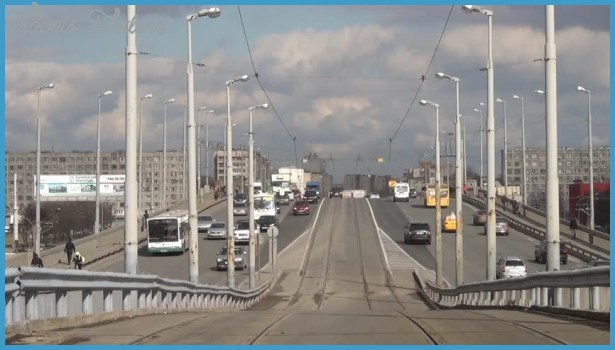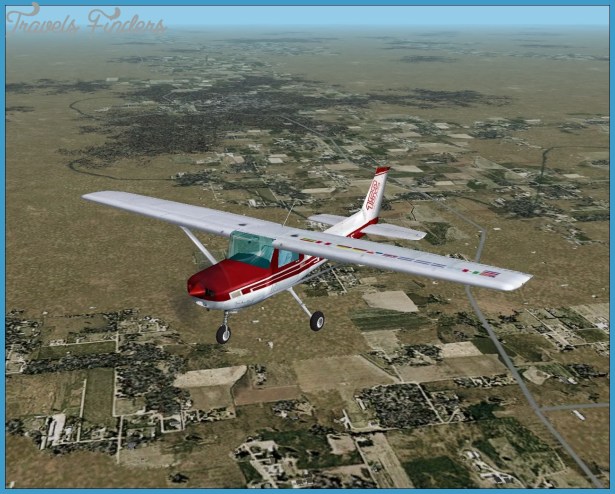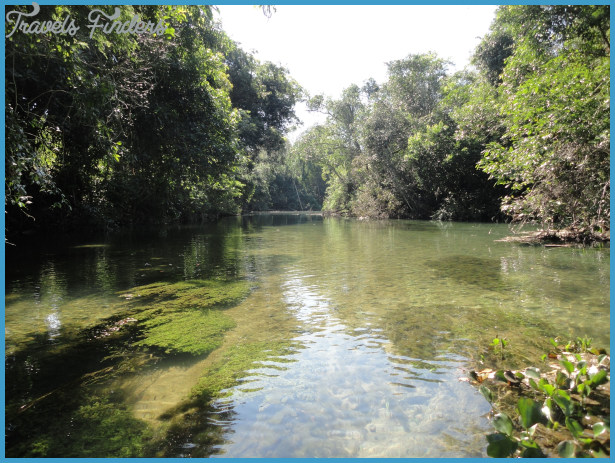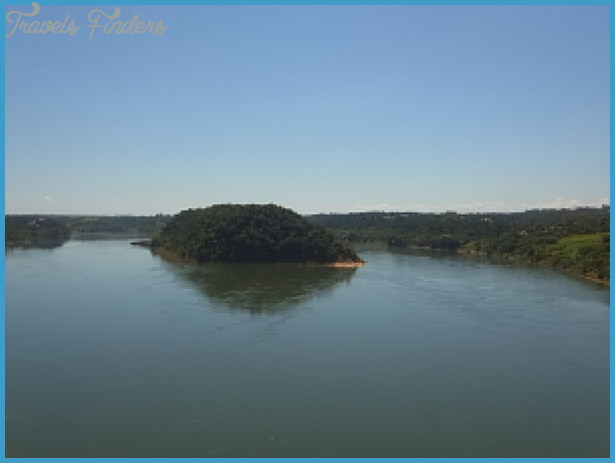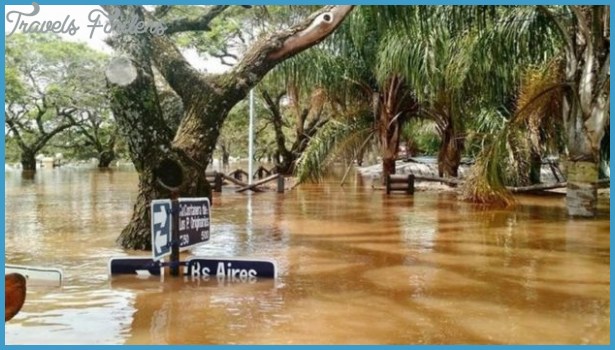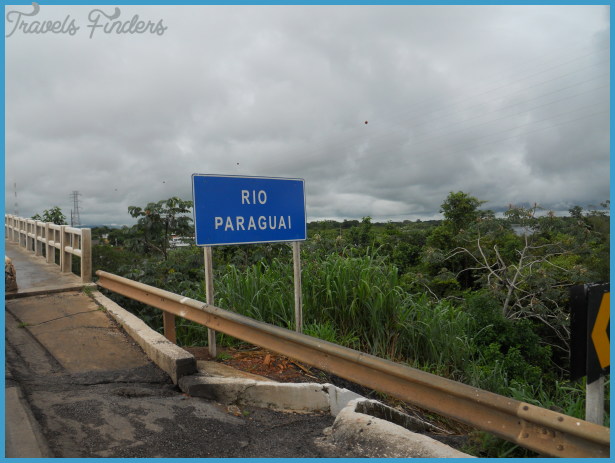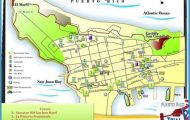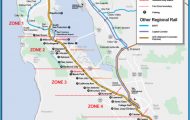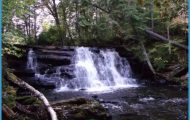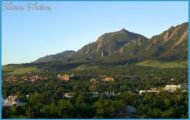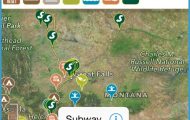The Paraguay River begins in Matto Grosso, Brazil, flowing through the length of Paraguay into Argentina’s Rio de la Plata and finally emptying into the Atlantic Ocean. This makes it ideal for transporting cargo – shipments along the river range from commercial goods to raw natural resources such as minerals and stones. Along the river you will see a wide variety of boats, from rickety old push boats to enormous container ships. Smaller, non-push boats employ a complex system of ropes and knots to latch containers to their sides and transport them downriver. The importance of the Paraguay River as a means for shipping also creates potential hazards for the region’s delicate ecosystem. The proposed Paraguay-Parana Hidrovia Project contemplates drastic changes to the river in order to improve transportation infrastructure from neighboring countries through Paraguay and into the Atlantic Ocean. Environmentalists are concerned as dredging would increase the speed of water flow and accelerate draining of the surrounding wetlands.
Cargo Boats
There are several cargo boats that make their way up and down the river delivering goods. If you are able to catch a cargo boat at port, it is possible to hitch a ride. This is an especially good option when roads are washed out and you don’t want to wait for crowded passenger boats to arrive. Speak to whoever looks like they are in charge (it is best to wait until the crew takes a break from loading or unloading cargo). As crews are mostly male, with the possible exception of a cook or girlfriend, it is best not to make this trip as a single female. Before boarding, stock up on food (bringing extra to share or exchange with crew and other passengers) and make absolutely sure there is a planned stop at your final destination. Keep in mind you will be at the mercy of the boat’s schedule – this could mean spending several hours or even a full day picking up merchandise at ports along the river. Cabins are reserved for crew members – you will have to sleep on the floor, benches, or in an unoccupied hammock (here is where bringing your own can come in handy). There are likely to be a handful of other passengers to interact with along the way. Be sure to ask for permission before entering any area of the boat. When looking for a boat to hitch on, keep in mind that one with open sides will offer an incredible view of the Pantanal’s scenery. The Guarani, which makes regular trips between Fuerte Olimpo and Asuncion, can be a good option.
Crucero Paraguay
For those who prefer packaged tours, the Crucero Paraguay is the only available option short of hiring a private guide and boat. This luxury cruise boat offers a three day tour from Asuncion to the Lower Chaco and a six day tour departing from Asuncion and Concepcion to Fuerte Olimpo. Both include daily side trips led by professional nature guides, excursions on the river in smaller boats, and visits to sites on land. All cabins have queen-sized beds, air conditioning, and private bathrooms. The boat includes a dining room, conference room (that doubles as a dance floor), and rooftop deck complete with a pool and bar. This is definitely the most comfortable way to enjoy the Paraguay River, however excursion dates are few and far between. Tel: 021 232 051/2,0981 520 277, www.cruceroparaguay.com, Prices range between US$550 and US$1,600 per person (including all meals and excursions). Discounts are available for passengers traveling in groups or with small children as well as passengers with Paraguayan ID cards. Contact for detailed itineraries and reservations. Be sure to specify a need for English speaking guides. The Crucero Paraguay also offers nighttime cruises around the Bay of Asuncion.
Fishing Boats for Hire
There are several private boats available for hire, if you choose to make your own trip on the river. Peter Dirk of Granja El Roble (Tel: 985898446, www.paraguay.ch) in Belen (see Granja El Roble) is a good on the ground source of information on small boats available for hire from Concepcion and is often available to act as a knowledgeable guide. Contact Rosa Fernandez at Agencia Aventura (Tel: 0971 819 822, 0982 391 018, agenciaaventura@gmail.com) to reserve larger boats in Concepcion. These boats, generally used for fishing expeditions, can accommodate eight to twelve passengers in rooms with A/C and include smaller motor boats for side trips on the river. The Barco Hotel Sueno del Pantanal is similar but based out of Carmelo Peralta further upriver (Tel: 0984 152682, Luis Penayo).
When hiring a boat for a daytrip (or longer), make sure to specifically ask whether you are expected to bring your own food and beverages and if the price includes fuel.
Barco Ten Caten A two story fishing boat with four smaller motor boats. Room can accommodate up to twelve passengers and have A/C. Based in Concepcion. Tel: 0336 274 200, 0971 801 234, (Sergio Ten Caten or Rosa Fernandez), www.tencaten.net,
agenciaaventura@gmail. com
Barco Siete Cabrillas Tel: 0971 800 907, www.sietecabrillas.com Barco Santa Filomena Tel: 0971 819 822, 0982 391 018, Rosa Fernandez Obtaining Exit-Stamps Before Continuing to Bolivia & Brazil
There are two official Paraguayan immigration offices along the river, one in Concepcion and the other in Carmelo Peralta. If you plan to continue upriver from Bahia Negra to Bolivia, it is essential to get your exit stamp in Concepcion before boarding the Aquidaban. As Concepcion’s immigration office’s hours can be sporadic, it is best to contact the Director of the Immigration office, Hever Centurion (Tel: 0972 193 143 or hevercenturion@hotmail.com) and arrange to have your passport stamped the day before departure (see Departamento Concepcion, Immigration Office). American travelers should note it is essential to obtain your Bolivian visa in Asuncion before heading up river.
Those exiting Paraguay via Puerto Murtino must visit the immigration office in Carmelo Peralta. The Aquidaban makes a stop at Isla Margarita, an island in the middle of the river with Carmelo Peralta on the Paraguayan bank and Brazilian tourist hub Puerto Murtinho on the other. On its way upriver, the Aquidaban arrives at Isla Margarita in the middle of the night. There are small water taxis that can take you to either bank. If you choose to spend the night in Puerto Murtinho, make sure to return to Carmelo Peralta in the morning for your exit stamp. Or simply get your exit stamp ahead of time in
Concepcion. There are plans for the construction of a bridge uniting the two cities, but such large infrastructure improvements are notoriously slow to come to fruition.
Traveling by Land & Air
Road conditions in the departments of Alto Paraguay and Concepcion make boats the most dependable way to reach ports along the river. However a handful of ports are also intermittently accessible by bus and airplane. Paraguay’s military air service, TAM (Transporte Aereo Militar, not to be confused with the commercial airline TAM) has weekly flights to Bahia Negra which occasionally stop in both Vallemi and Fuerte Olimpo. Although this is the fastest way to get to the Pantanal, it is also the least dependable. The plane has a minimum quota of passengers that must be met for any flight to depart in order to cover fuel costs. As the runways in Alto Paraguay are not paved, the plane can be delayed several days due to weather conditions. If you would rather fly than take the boat or bus, you will need a very flexible travel schedule. There are weekly bus services to both Fuerte Olimpo and Bahia Negra in the dry season and daily buses between Concepcion and Vallemi. Rain and mechanical problems have been known to cause delays along the way. Although buses make short stops, it is best to bring your own food and water. Road conditions make regular ground transportation impossible during the rainy season.
Languages on the Riverboats
Most of the crew members speak a mixture of Guarani and Spanish (Jopara), but as you make your way further upriver you will hear several other languages. At Puerto Leda and Puerto Casado you are likely to catch snippets of Korean from members of the Moon sect who have established colonies in the area. Many Brazilians ride the boats to get to cattle ranches upriver and speak more Portuguese than Spanish. As you pass indigenous communities such as Puerto Guarani, Puerto Esperanza, and 14 de Mayo, the balance of indigenous languages will shift from Guarani to Ishir. The difference between the sounds of the two languages is striking and indicative of the difference between the two indigenous cultures.


